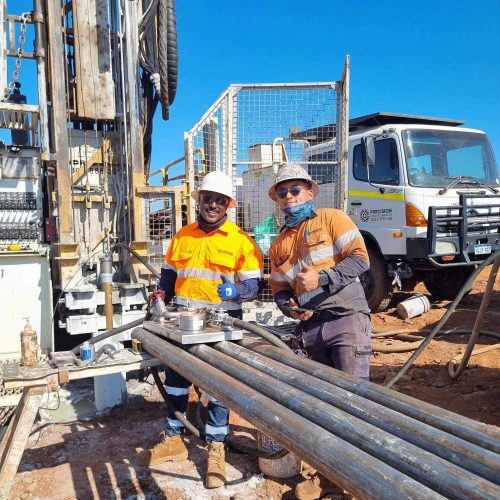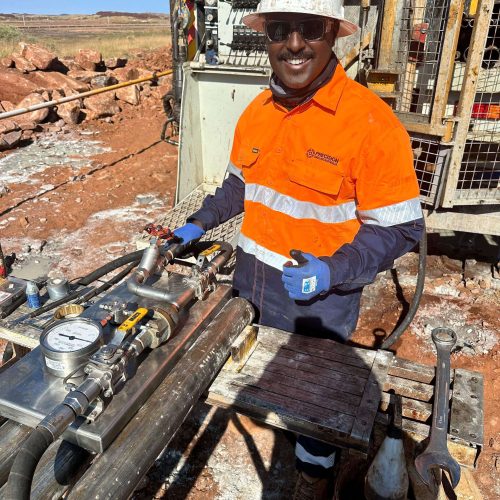Permeability can be determined by undertaking in-situ tests in boreholes or standpipe piezometers. The test method involves variable head (rising or falling) or constant head procedures and requires knowledge of the groundwater level. The type of test undertaken depends on the soil type a variable head test would be carried out in relatively permeable soils and a constant head test in less permeable material.
When a permeability test takes place in a borehole, the water can flow either directly into (or out of) the soil or a perforated pipe with a gravel surround can be installed if required, to maintain the stability of the borehole and the water level can be measured via the pipe.
The test measures the permeability (k) of the soil below the groundwater level i.e. in the saturated ground and because it is carried out in situ provides a more reliable result than can be determined in the laboratory.Implementation of the test and interpretation of the results requires the experience of the various test techniques and knowledge of the site ground conditions.
On some sites there may be a large local variation in permeability, for example due to horizontal layers of soils with differing permeability or discontinuities such as fissures. In this situation larger scale pumping tests can be carried out, where the water levels are measured in an array of boreholes around a central borehole from which groundwater is pumped, and the permeability is established.


